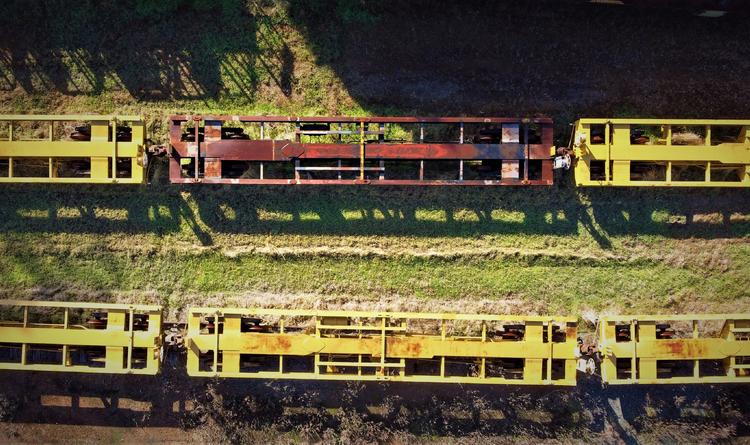
The Advantages of Rail Freight: Efficient and Sustainable Transportation
Rail freight transportation has long been recognized as a vital component of global logistics. With its numerous advantages, rail freight offers an efficient and sustainable solution for the transportation of goods. This article explores the key advantages of rail freight and highlights its contribution to efficient and sustainable transportation.
1. Cost-effectiveness:
One of the primary advantages of rail freight is its cost-effectiveness. Rail transport allows for the movement of large volumes of goods in a single shipment, reducing per-unit transportation costs. Additionally, rail infrastructure is often less expensive to maintain compared to road or air infrastructure. These cost savings can be passed on to customers, making rail freight an attractive option for businesses looking to optimize their transportation expenses.
2. Capacity and Efficiency:
Rail freight has a significant capacity advantage over other modes of transportation. Trains can haul a substantial amount of cargo in a single trip, reducing the need for multiple vehicles. This high carrying capacity makes rail freight ideal for transporting bulk commodities such as coal, ores, grains, and chemicals. Moreover, rail networks are designed for efficient long-distance travel, allowing goods to be transported across vast distances with fewer transfers and handling.
3. Reduced Congestion and Road Wear:
Rail freight helps alleviate congestion on highways by diverting a significant portion of freight traffic onto rail lines. This reduction in road congestion not only improves traffic flow but also reduces the wear and tear on roads, leading to lower maintenance costs. By utilizing rail freight, valuable road infrastructure can be preserved for passenger vehicles, enhancing overall transportation efficiency.
4. Environmental Sustainability:
Rail freight is widely recognized as an environmentally friendly mode of transportation. Trains have a considerably lower carbon footprint compared to trucks and airplanes, primarily due to their energy efficiency and reduced air resistance. Rail freight produces fewer greenhouse gas emissions per ton-mile of freight transported, contributing to a greener and more sustainable transportation system. Additionally, the use of electric or hybrid locomotives further enhances the environmental benefits of rail freight.
5. Safety and Security:
Rail freight transportation boasts a strong safety record. Trains are subject to strict safety regulations and are less prone to accidents compared to other modes of transportation. The dedicated rail infrastructure provides a controlled environment for transporting goods, minimizing the risk of theft or damage. Rail freight also offers enhanced security measures, such as sealed containers and surveillance systems, ensuring the safe delivery of valuable or sensitive cargo.
6. Intermodal Connectivity:
Rail freight seamlessly integrates with other modes of transportation, allowing for efficient intermodal connectivity. Goods can be easily transferred between trains, trucks, and ships, creating a comprehensive transportation network. This intermodal connectivity enables businesses to optimize their supply chains, combining the advantages of different modes of transport to meet specific logistical requirements.
Rail freight offers numerous advantages that contribute to efficient and sustainable transportation. Its cost-effectiveness, high capacity, reduced congestion, environmental sustainability, safety, and intermodal connectivity make it an attractive option for businesses seeking reliable and responsible transportation solutions. By leveraging these advantages and continually investing in rail infrastructure and technology, the rail freight industry can play a crucial role in supporting economic growth while minimizing its impact on the environment.





Leave a comment